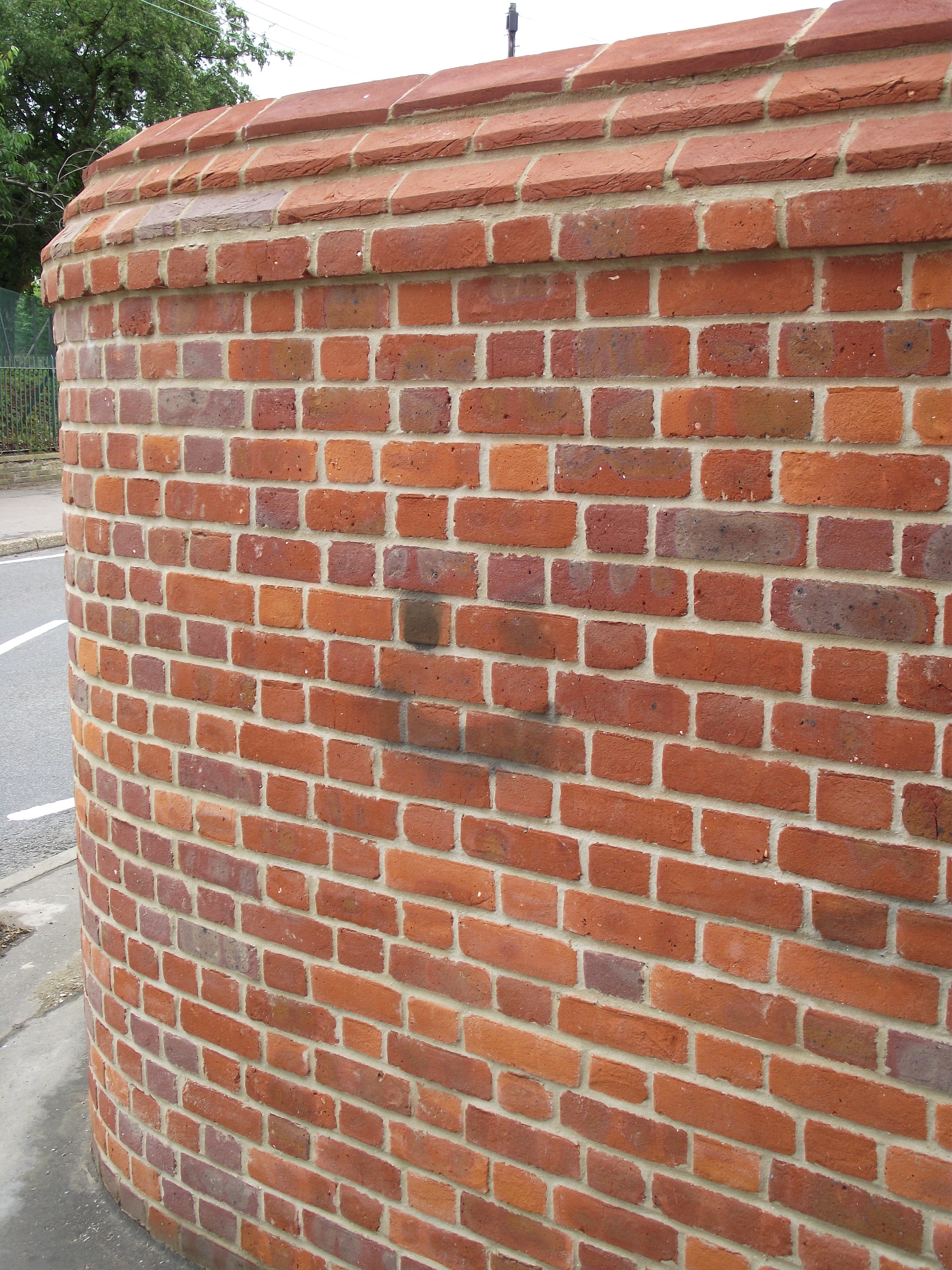Means of Enclosure
Walls, fences and gates not only demarcate boundaries and provide privacy and defensible space, but they also help to knit a development together and set it properly within its context.
Walls
Site location should determine which materials are chosen to construct a wall. In areas with strong flint traditions, flint will be the natural choice backed up with red brick quoins. It is vital that flints of the right size, colour and shape are used to reinforce local identity, and that these are laid to reflect local patterns; e.g. coursed. They should also be placed into a contrasting mortar for maximum effect - grey cement mortars with grey cobbles produces lifeless end results. Elsewhere, particularly in towns, plain brick walls can also be acceptable subject to the choice of brick and the design detailing. Tall walls without relief will appear oppressive and featureless and will need to be enlivened with things like plinths, expressed piers, inset panels, etc. Care is needed, however, to ensure that these features can not be used as footholds by intruders. On all walls, the coping is a crucial detail. In recent times, the use of brick-on-edge capping on plain tiles has created a series of harsh looking angular walls. These are seldom appropriate on sensitive sites unless a clear precedent exists. Walls should normally be capped in accordance with local practice, whether that involves using half-round or saddleback copings or canted flintwork. Half-round copings are also preferred for crime prevention purposes as they are more difficult to climb over than their more angular equivalents.
Fencing
Fencing styles depend heavily on their setting. Hence, dark stained post and rail fences tend to suits rural contexts whereas boarded, panelled fences dominate in suburban locations. For more sensitive street frontages, palisade or picket fences which allow light through usually offer the best solutions. If over 900mm high, these also deter misuse and abuse of front gardens. Taller 1.8m high fences and lockable gates, meanwhile, are better for protecting secluded rear gardens subject to the form and character of the area. Elsewhere, willow hurdles and reed panels are finding increasing favour in the District as they provide natural, local alternatives. Chain link fencing is rarely appropriate for residential developments. However, where it is to be used, black tends to be the most recessive colour, especially if set into maturing hedges.
Railings
Railings still have relevance to today’s residential developments, particularly in urban or sensitive village locations. They provide meaningful enclosure without cutting off views, and therefore provide attractive alternatives to fencing. Where they are proposed, they should be iron and generally painted in dark muted colours. Designs should be in keeping with the character of the local area and should not be unduly ornate or elaborate. Tubular steel railings will be acceptable in only the least sensitive locations. When an opportunity arises, railings which have been removed in the past should be authentically reinstated.

Well executed traditional enclosure wall

Wall coping detail